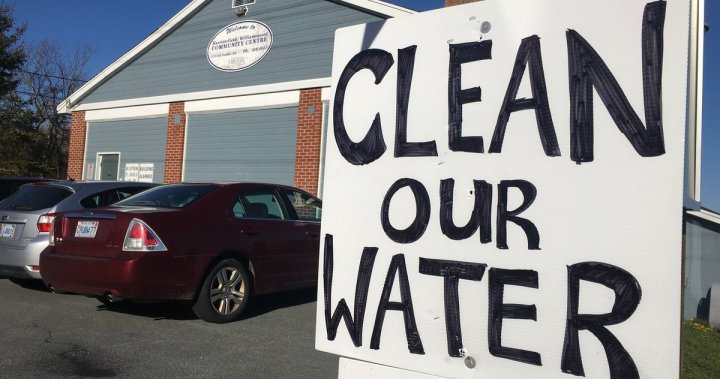Actually many people do care. But quite often there are 'structural' problems. Same with the housing, 'it is falling apart', twice as many people living in them a house as designed for. Now if you have six kids in a three bedroom house then you start having issues. The ventilation system in the house is not designed for it and you get airborne diseases circulated. You have some reserves that the housing is designed as if it were cottage country (which it is in a way). Situated on rock along the lake shore with a minimal soil depth. It is pretty hard having a piped treated water service like you have in cities. Can't dig a trench and bury the water pipes so they do not freeze in the cities.
Then they have cisterns, truck in the water. But you can not just dump water in them and expect bacteria not to grow. They have to be sterilized routinely.
Cisterns in Manitoba First Nations communities found to contain E. coli
On CBC Radio's Up to Speed this afternoon, Farenhorst said, "If we compare the cistern quality with the pipe water quality, the cisterns were 40 times more likely to contain live bacteria. And there are also particular bacteria that are called E. coli - and they're measured separately - and we found that cisterns are 60 times more likely to contain E. coli than piped water. So there's a real clear difference between the water quality in homes that receive water from pipes versus those that rely on cisterns."
Farenhorst's research looked at water samples from cisterns and pipes in three Manitoba First Nations communities - but she does not have permission from the communities to reveal which ones she did the research in.
In 119 samples from these communities, she found an average of 57 E.coli colonies per 100 millimetres of water in cisterns - which is 63 times higher than amounts found in pipes on these reserves.
"Our samples are relatively small, so we focused typically on 10 cisterns and then we sample at various times in the year," said Farenhorst. "But if you're looking at communities such as Wasagamack - 73 percent of the time that they sampled the cisterns throughout 2014 - that water contained bacteria."
Googled Wasagamack, no street side view, best is a now covered satellite picture. At best the houses are 50 meter apart in places, 100-200 m is not unusual. And it would not be bad if they were like a city subdivision, with one street next to the other. No, it is houses snaking along the lake edge.
Manitoba R0B 1Z0, Canada

www.google.com
And then you need people that do run the water system to keep up with maintenance. You have to treat the water, it is not plug and play. You do not just install it and walk away. You also do not install it and then start building houses along the inlet pipe with minimal septic systems. I don't want to sound overly harsh but a lot of the problems can be attributed to expecting urban expectations to rural or cottage situations. Too many people in an area that can not absorb their ecological footprint and not concentrated enough to make the infrastructure feasible. Where living in harmony with nature would mean less people for the given area.
And this is not talking about one isolated reserve, but many. Some are run right, some not. I have not had the opportunity to visit the reserves but for the last ten years I worked in a department with roughly ten people (we were short at times) and two were from the north, one Native, another who grew up in the city but did work in the north is also Native and a buddy of mine. All three are electricians, they were sent up to the reserves to do jobs with different companies. My uncle drove building supplies up to the communities, some on the winter road networks as there was no year round roads.
A lot of times the communities cause their own problems. There are complex social problems. It is easy to blame on Residential Schools, some never grew up knowing how to raise kids, some with FAS, a lot of bad stuff going on that is only now starting to come out from under a code of science. Stuff that if I said it I would be called racist but my workmates could say because they have the right skin color. Not to paint them all with the same brush, some communities are doing well. The one's that have major problems will need generations to fix their problems. And it will not be fixed easily with some water or new homes.


